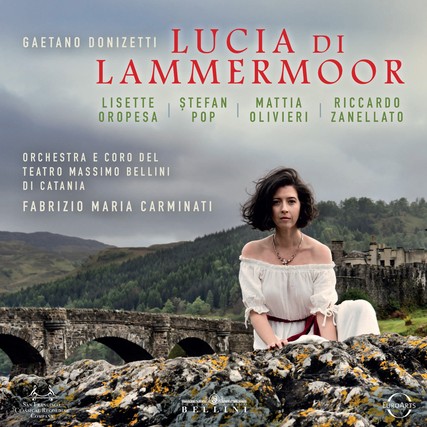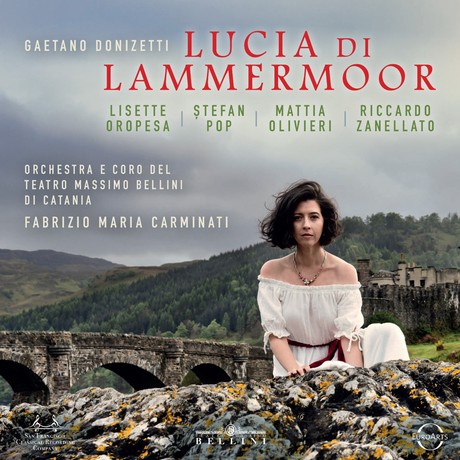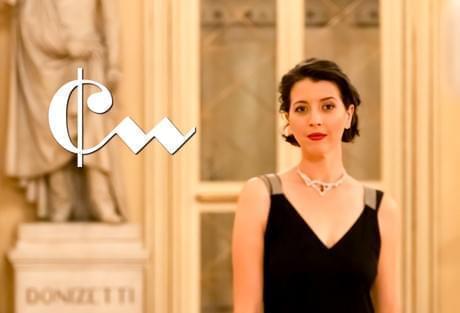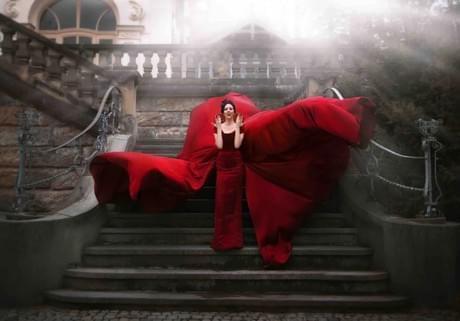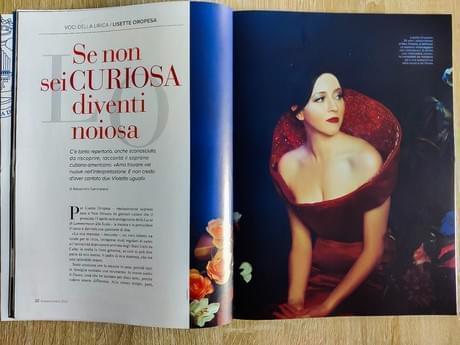Lucia di Lammermoor
Music by
G. Donizetti
Cast
| Lucia | Lisette Oropesa | |
| Edgardo | Juan Diego Florez | |
| Enrico | Boris Pinkhasovich | |
| Arturo | Leonardo Cortellazzi | |
| Raimondo | Michele Pertusi - 13, 16, 29 April, 2 and 5 May | |
| Raimondo | Carlo Lepore - 20, 23, 26 April | |
| Alisa | Valentina Pluzhnikova | |
| Normanno | Giorgio Misseri |
Riccardo Chailly
DirectorYannis Kokkos
LightingVinicio Cheli
VideographerEric Duranteau
Set DesignerAnne Blancard
About
To be Broadcast on RAI5, April 13th, 2023.
Donizetti's Lucia di Lammermoor is an opera that tells the story of Lucia Ashton, a young woman who is forced into an arranged marriage by her brother Enrico in order to secure their family's financial stability. Lucia, however, is already in love with another man, Edgardo, and the tragic consequences of her forced marriage ultimately lead to her descent into madness.
The new production of Lucia di Lammermoor, which was scheduled to inaugurate the 2020-2021 season, brings the opera back to the stage after its historical edition in 1967 with Claudio Abbado and Renata Scotto. The Musical Director presents his second Donizetti title at La Scala following Don Pasquale, complemented by the taste and experience of Yannis Kokkos, director, set designer, and costume designer who already has two inaugural performances under his belt: Götterdämmerung and Iphigénie en Aulide.
One of the highlights of this production is the casting of Scotto's pupil, Lisette Oropesa, in the role of Lucia. Oropesa is known for her elegant and virtuosic performances and is well-ensconced in opera lovers' hearts. She is joined by Juan Diego Flórez, who plays the role of Edgardo. Together, they form a duo that shines with their elegance, virtuosity, and stylistic awareness.
Donizetti's Lucia di Lammermoor is considered to be one of the greatest operas of the 19th century and is renowned for its beautiful and melodic score, as well as its powerful and moving story. The upcoming production of the opera at La Scala, directed by Yannis Kokkos, featuring Lisette Oropesa and Juan Diego Flórez, promises to be a memorable and exciting performance that will delight audiences.

